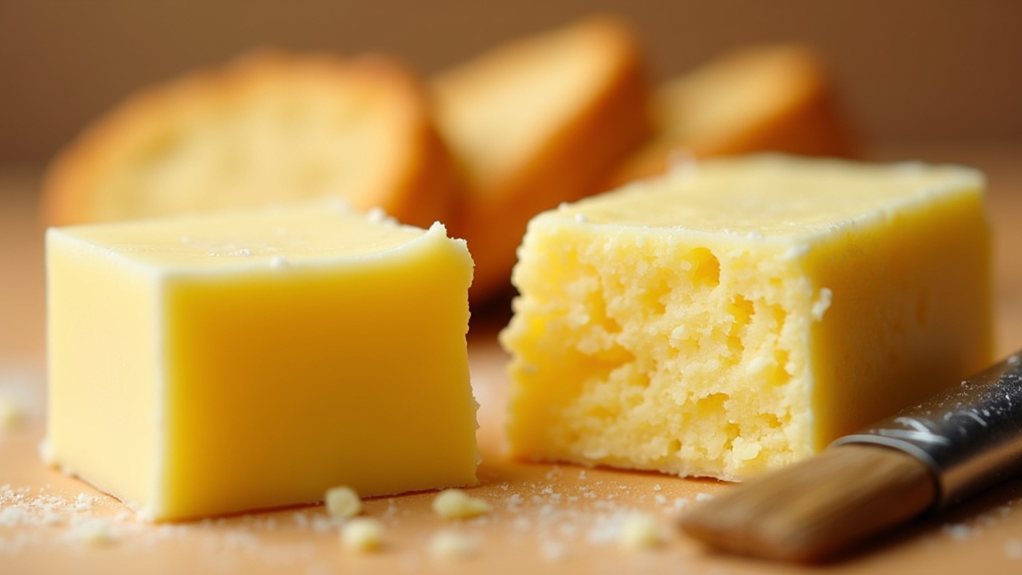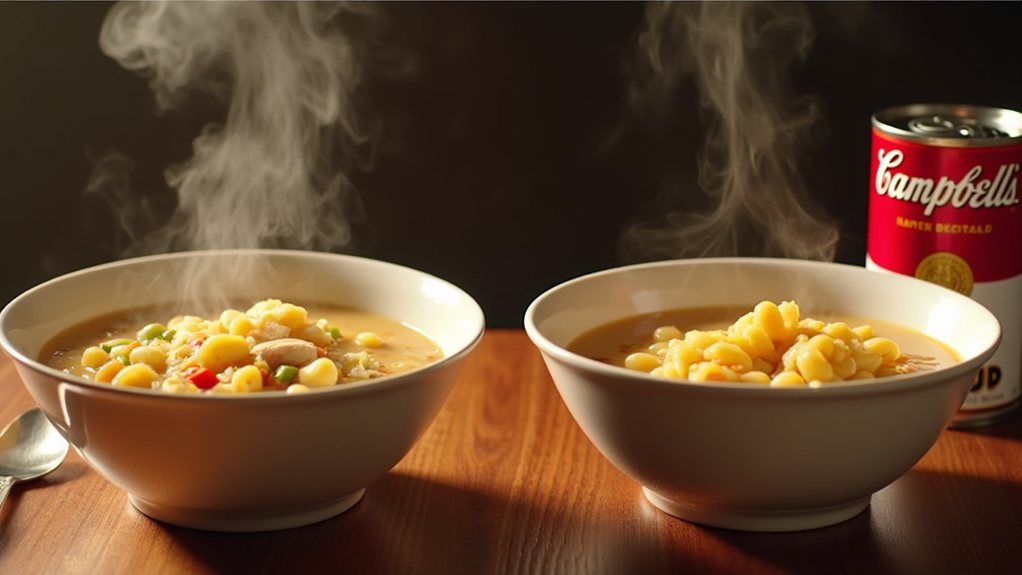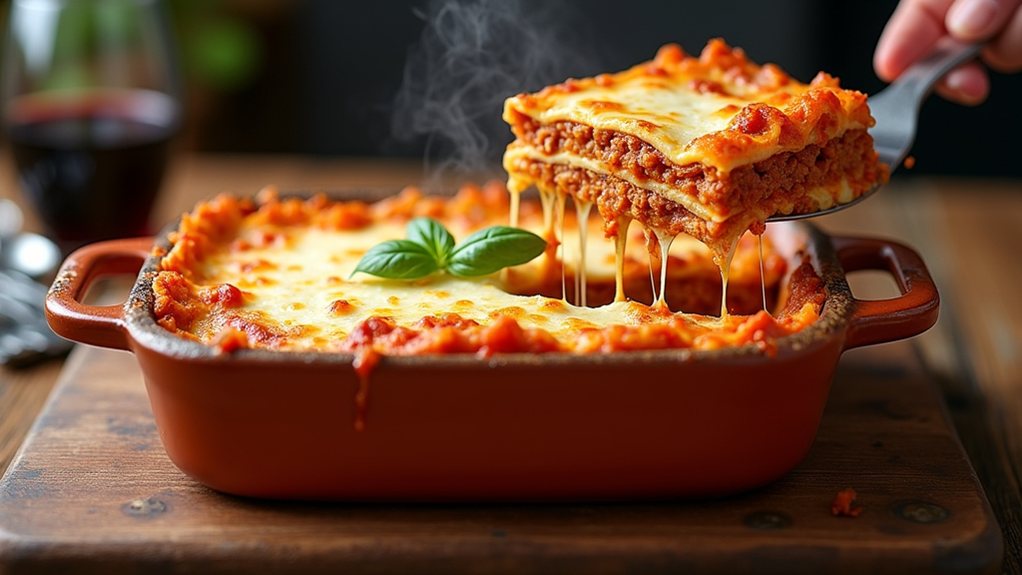A Guide to Selecting Quality Dried Pasta
Choosing the right dried pasta can greatly enhance your Italian culinary experiences without the effort of making it from scratch. With many options available, understanding how to identify quality dried pasta is essential for a delicious meal. Here are some guidelines to help you pick the best pasta at the grocery store.
Importance of Visual Inspection
When selecting dried pasta, start by visually inspecting the packaging. Look for brands that allow you to see the product inside; clear packaging often provides a glimpse of the pasta’s color and texture. Ideal pasta should have a pale yellow hue and be opaque, indicating that it has been dried slowly at low temperatures.
Products dried at temperatures exceeding 195 degrees Fahrenheit may appear glossy and golden, which may signal quick drying. This method can compromise the structural integrity of the pasta, resulting in uneven cooking and a less desirable texture. Pilfering through your options allows you to avoid such pitfalls— opt for opaque varieties that have retained their fundamental characteristics.
Assessing Texture for Quality
The texture of dried pasta is another critical factor. High-quality pasta tends to have a rough, porous surface. This porousness is essential as it allows sauce to cling better, enhancing flavor in each bite. Look out for products labeled as bronze-cut pasta; these are extruded through bronze molds rather than smoother materials like Teflon. The gritty bronze surface creates an uneven texture, which works favorably for sauce adherence.
Furthermore, artisan brands often advertise their traditional manufacturing methods. The time-intensive processes used in crafting these pastas result in an imperfect yet charming appearance. Expect to pay a bit more for these products; however, the resulting culinary experience will likely validate the investment.
Ingredient Transparency Matters
Since 1967, Italy has enacted a pasta purity law regulating the ingredients used in pasta production. This law ensures that quality dried pasta is made exclusively from durum wheat. When shopping, prioritize brands that disclose both the origin of their wheat and their manufacturing processes.
Pasta produced in Gragnano, Italy, is renowned for its quality, resulting from strict adherence to traditional cooking methods. A short ingredient list—typically just durum wheat and water—signals authenticity. Durum wheat contains high protein and gluten levels, contributing to the pasta’s ability to hold its shape when cooked.
Famous brands such as De Cecco, Cipriani, and Setaro are often recommended by culinary experts. Their reputations stem from rigorous quality control and transparency in their production methods. These brands ensure the pasta you purchase has achieved a level of excellence appreciated by chefs and home cooks alike.
Expanding Your Knowledge of Types of Pasta
Different shapes and types of dried pasta are designed to pair with various sauces and ingredients. For instance, long strands like spaghetti are often best with light, oil-based sauces, while shorter shapes like penne or rigatoni capture chunky sauces effectively. Familiarizing yourself with these varieties can expand your culinary repertoire.
Additionally, whole grain and gluten-free options are increasingly available. Whole grain pasta offers health benefits but may present different cooking properties. Gluten-free pasta has come a long way in terms of texture and flavor; however, it’s best to follow package instructions carefully for optimal results.
Final Thoughts
In summary, selecting good-quality dried pasta involves careful consideration of visual appearance, texture, ingredient transparency, and the specific types of pasta. By paying attention to these factors when grocery shopping, you can elevate your Italian dishes and enjoy a restaurant-quality meal at home. Choosing the right pasta may seem simple, but understanding what to look for can enhance your dining experiences and your culinary skills. Next time you’re in the pasta aisle, remember these tips to make an informed choice that will be sure to impress.









